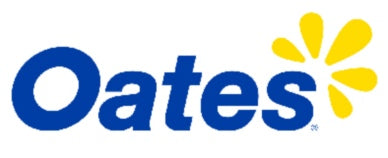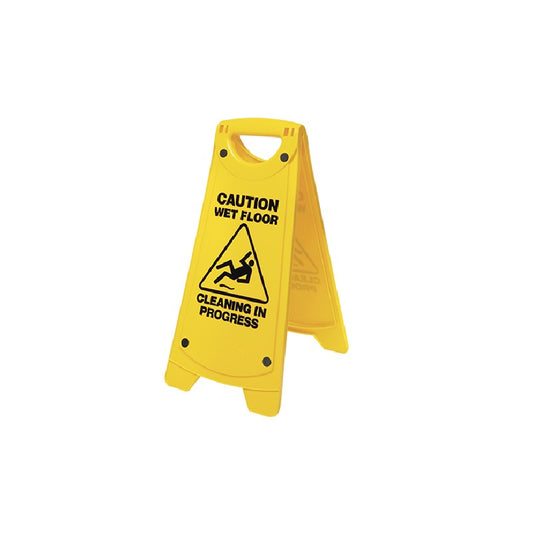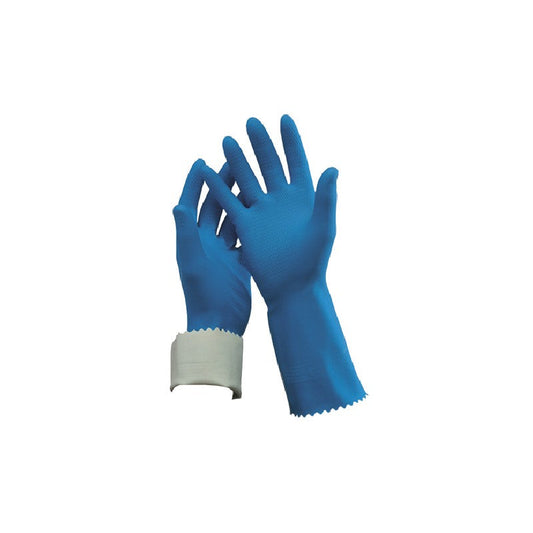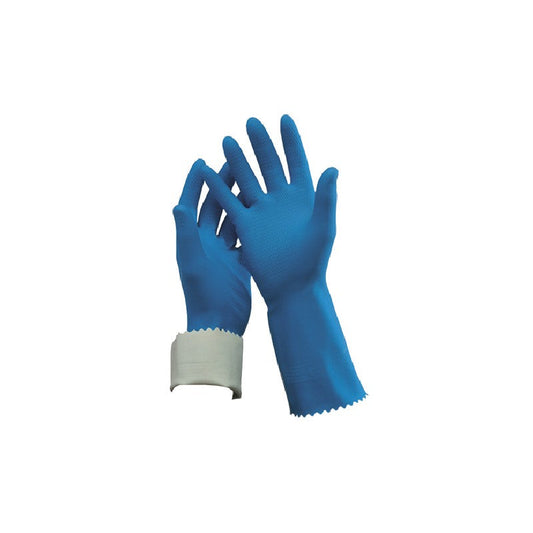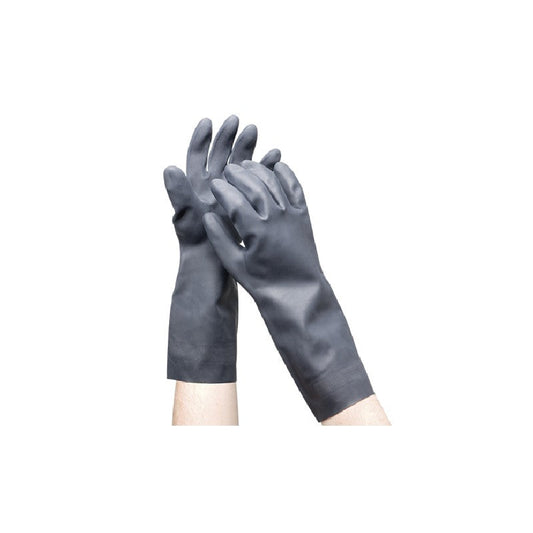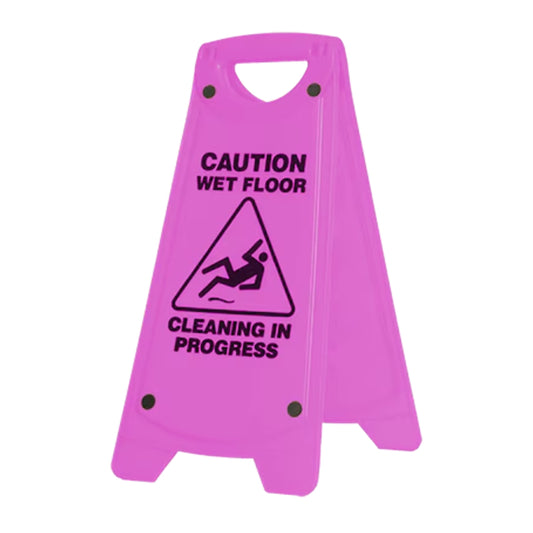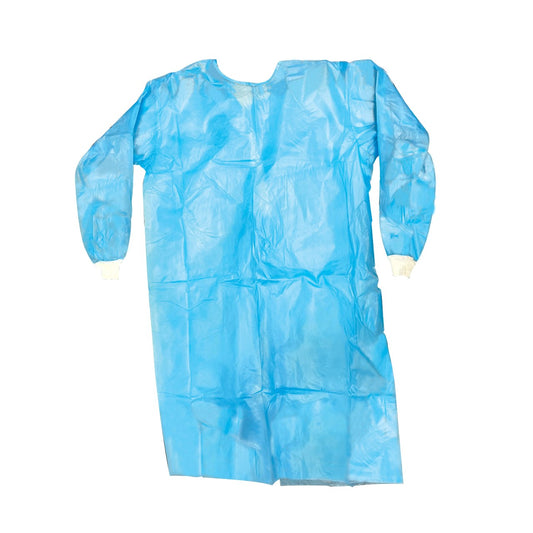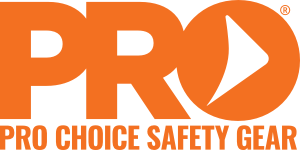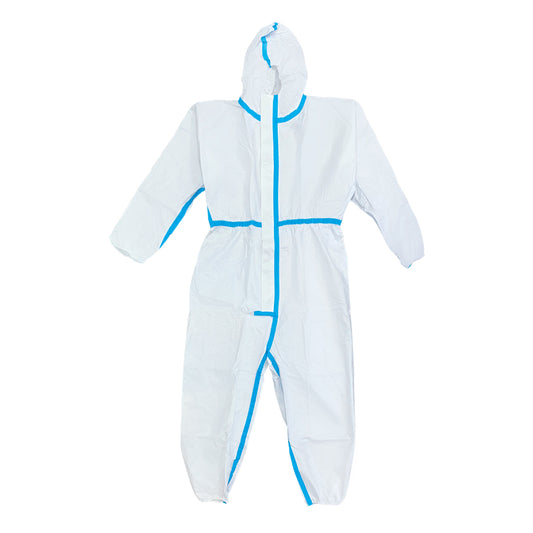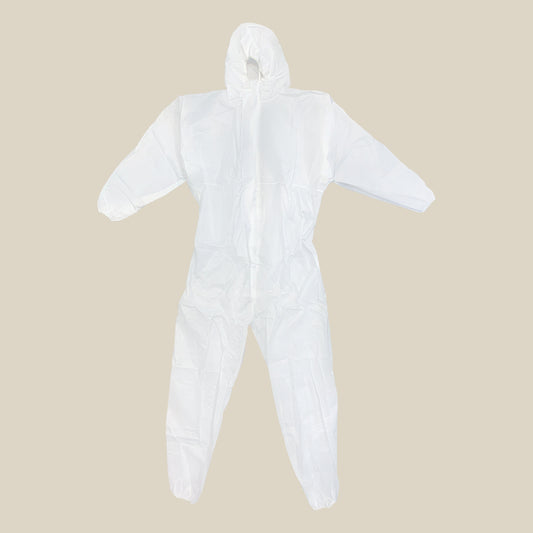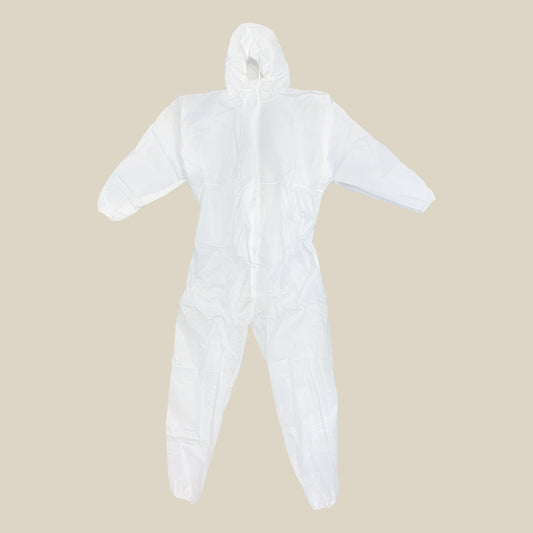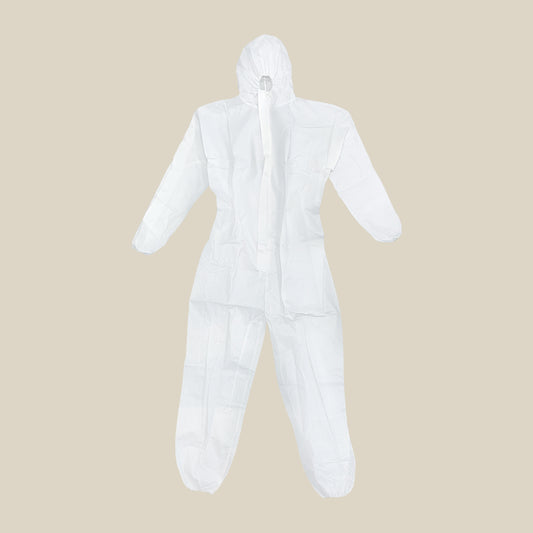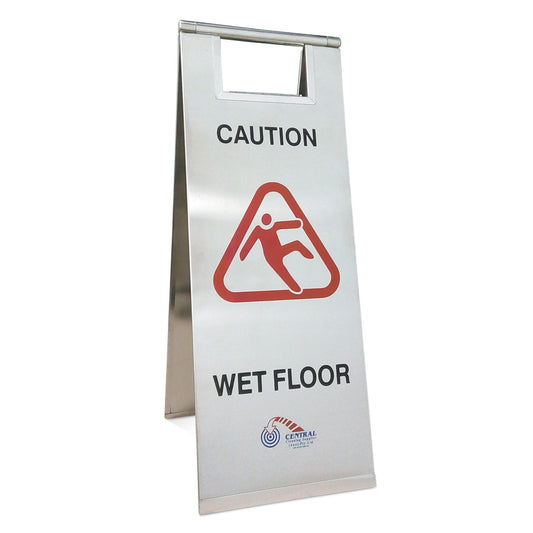Collection: Workplace Safety
Shop workplace safety products designed to meet Australian safety standards, our durable safety gear helps businesses reduce risks, ensure compliance, and protect employees across industries.
Visit Central Cleaning Supplies for a wide range of Workplace Safety and Personal Protective Equipment (PPE).
Fast Australia-wide delivery and expert support for safer workplaces.
Shop by Category
-

Cones, Poles & Signs
Discover Central Cleaning Supplies’ extensive range of safety cones, poles, and signs...
-

Face Masks
Explore Central Cleaning Supplies comprehensive range of wholesale face masks, including disposable,...
-

Insect Repellants
Discover Central Cleaning Supplies’ range of insect repellents designed to provide reliable...
-

Protective Clothing
Explore Central Cleaning Supplies’ comprehensive range of B2B PPE supplies and protective...
-

Spill Kits
Spill Kits include specially designed, ready-to-use packages containing absorbents, containment booms, protective...
-
Oates Door Caution Sign Spring Loaded
Regular price From $28.17 AUDRegular priceUnit price / per -
Oates A-Frame Caution Sign Yellow
Regular price From $18.80 AUDRegular priceUnit price / per -
Oates Silver Lined Rubber Gloves Size 9-9½
Regular price From $2.52 AUDRegular priceUnit price / per -
Oates Silver Lined Rubber Gloves Size 8-8½
Regular price From $2.52 AUDRegular priceUnit price / per -
Oates Flock Lined Rubber Gloves Size 9-9½
Regular price From $2.39 AUDRegular priceUnit price / per -
Oates Flock Lined Rubber Gloves Size 8-8½
Regular price From $2.39 AUDRegular priceUnit price / per -
Oates Chemical and Acid Resistant Gloves Size Large
Regular price From $15.08 AUDRegular priceUnit price / per -
Oates A-Frame Caution Sign Pink
Regular price From $18.80 AUDRegular priceUnit price / per -
-
Prochoice Master Goggles Clear
Regular price $9.80 AUDRegular priceUnit price / per -
Disposable Coverall White XL
Regular price $6.99 AUDRegular priceUnit price / per -
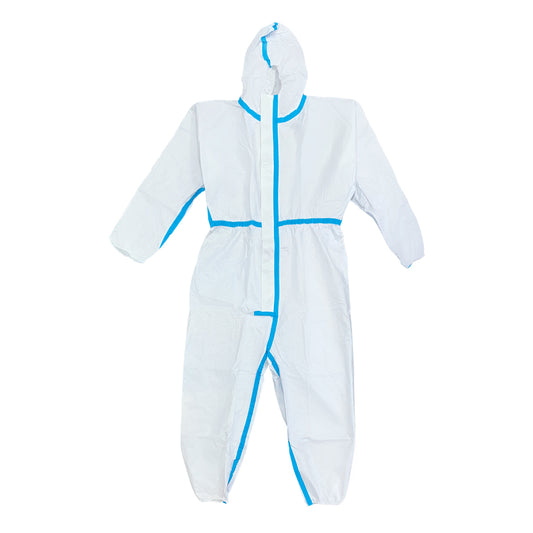
 Sold out
Sold outDisposable Coverall White Large
Regular price $6.99 AUDRegular priceUnit price / per -
Disposable Coverall White 3XL
Regular price $6.99 AUDRegular priceUnit price / per -
Disposable Coverall White 2XL
Regular price $6.99 AUDRegular priceUnit price / per -
Disposable Coverall White XL
Regular price $6.99 AUDRegular priceUnit price / per -
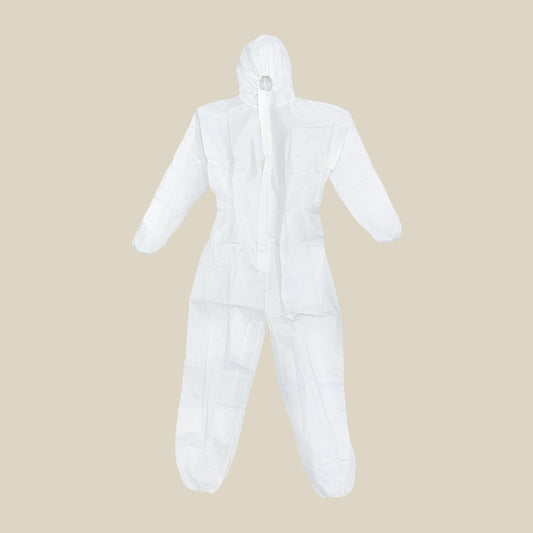
 Sold out
Sold outDisposable Coverall White 2XL
Regular price $6.99 AUDRegular priceUnit price / per -
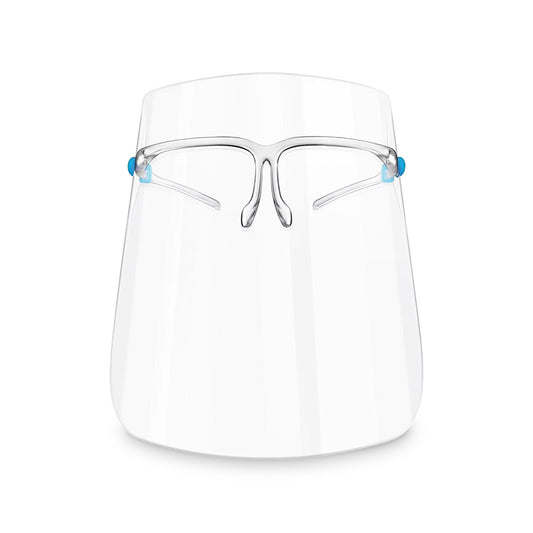
 Sold outSold out
Sold outSold out -
Disposable Coverall White XL
Regular price $3.99 AUDRegular priceUnit price / per -
CCS Caution Cleaning In Progress Sign
Regular price $39.98 AUDRegular priceUnit price / per -
CCS Safety Sign Wet Floor
Regular price $49.98 AUDRegular priceUnit price / per
Workpace safety frequently asked questions
What is workplace safety and why is it important?
Workplace safety involves implementing rules, policies, and practices to prevent injuries, illnesses, or deaths on the job. It not only ensures legal compliance but also boosts employee morale, productivity, and reduces accident costs. A strong safety culture also enhances a company's image, retains top talent, and builds trust between management and employees. In essence, workplace safety is crucial for employee health and business success.
What are common workplace hazards and how can they be prevented?
Common workplace hazards include wet floors, blocked walkways, dangerous machinery, chemical hazards, biological hazards, musculoskeletal disorders, physical hazards, and psychosocial hazards. To prevent slips, trips, and falls, clean the area, install appropriate signs, and guard machines. Chemical hazards involve storing chemicals correctly, ventilating, and training employees on handling them safely. Biological hazards involve bacteria, viruses, mold, and animal droppings. Ergonomics assessments, adjustable workstations, and safe lifting and movement can prevent musculoskeletal disorders. Physical hazards like loud noise, extreme temperatures, radiation, and electrical hazards require engineering controls, protective gear, and good condition. Psychosocial hazards like stress, harassment, and violence can harm mental health. Addressing these risks through risk assessments, safety training, and appropriate controls is crucial for a safe and healthy workplace.
How often should workplace safety training be conducted?
OSHA mandates annual workplace safety training for employees, with additional training required for new hazards, equipment, procedures, roles changes, or knowledge gaps. Initial safety training is necessary before starting risky tasks. Regular training keeps employees updated on workplace hazards and best practices, enhancing workplace safety and compliance.
What are the most effective strategies to prevent slips, trips, and falls?
OSHA mandates annual workplace safety training for employees, with additional training required for new hazards, equipment, procedures, roles changes, or knowledge gaps. Initial safety training is necessary before starting risky tasks. Regular training keeps employees updated on workplace hazards and best practices, enhancing workplace safety and compliance.









